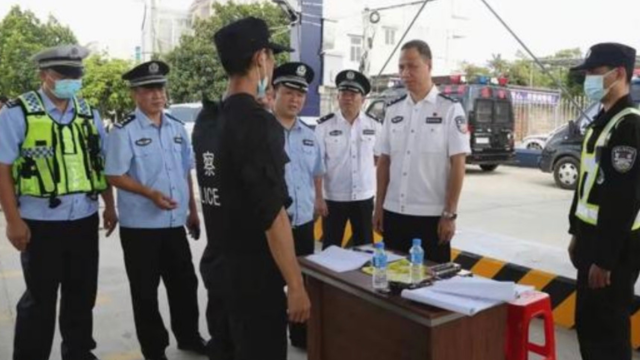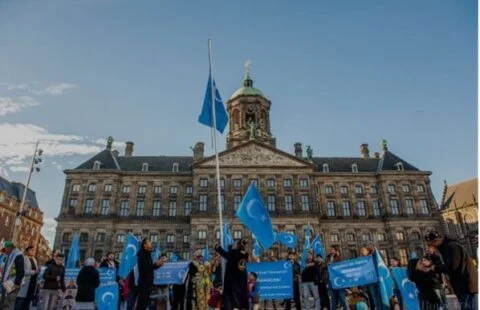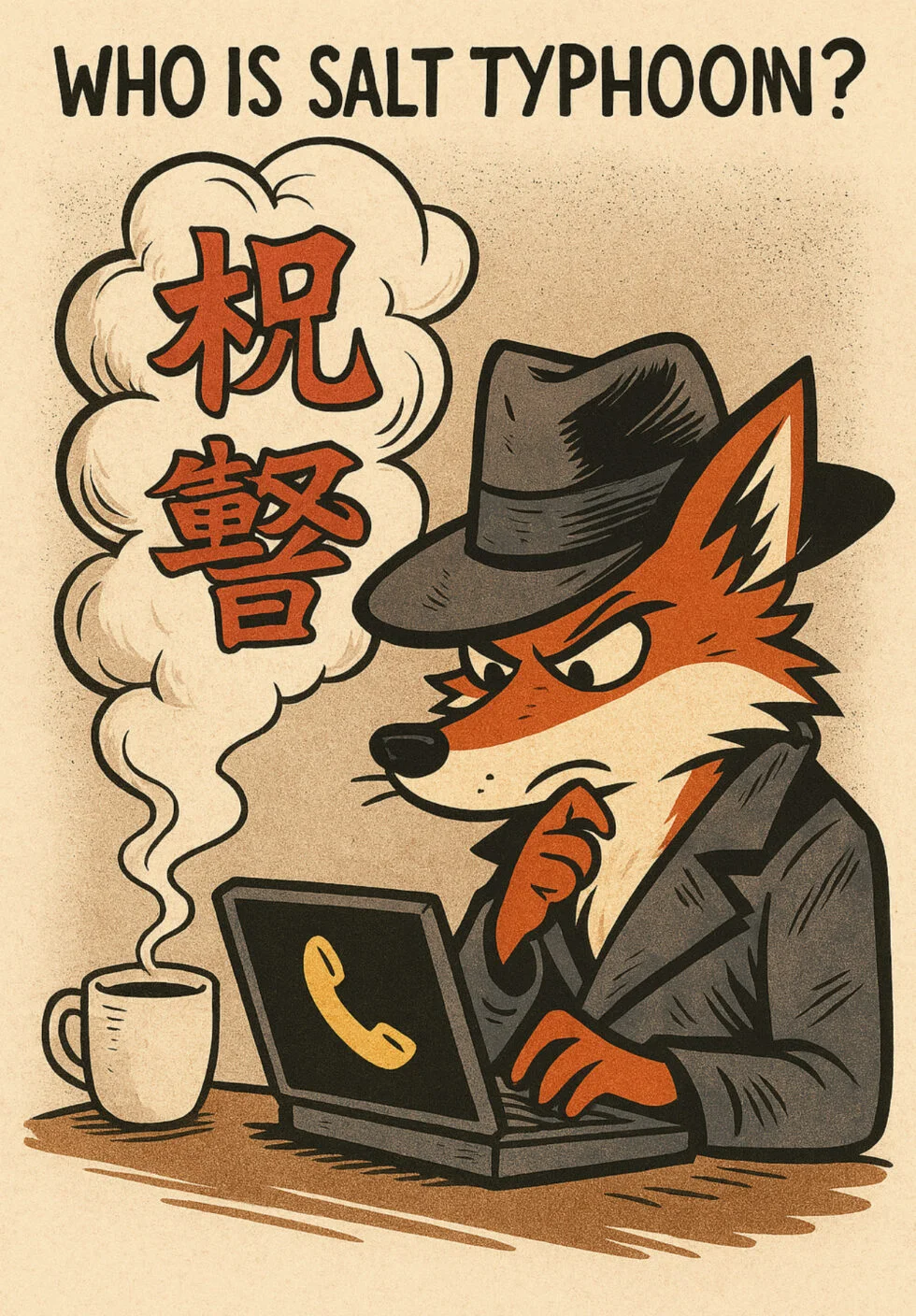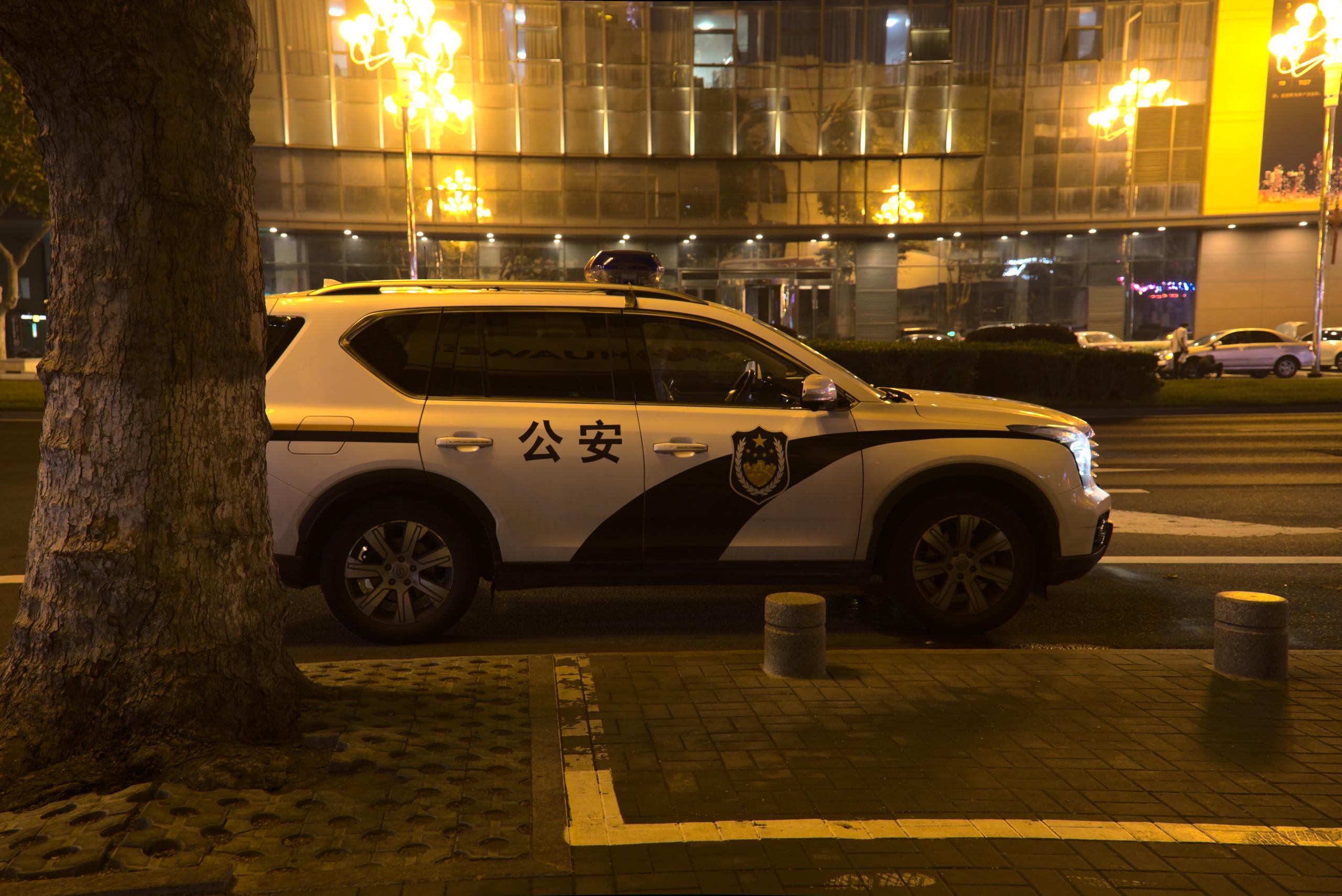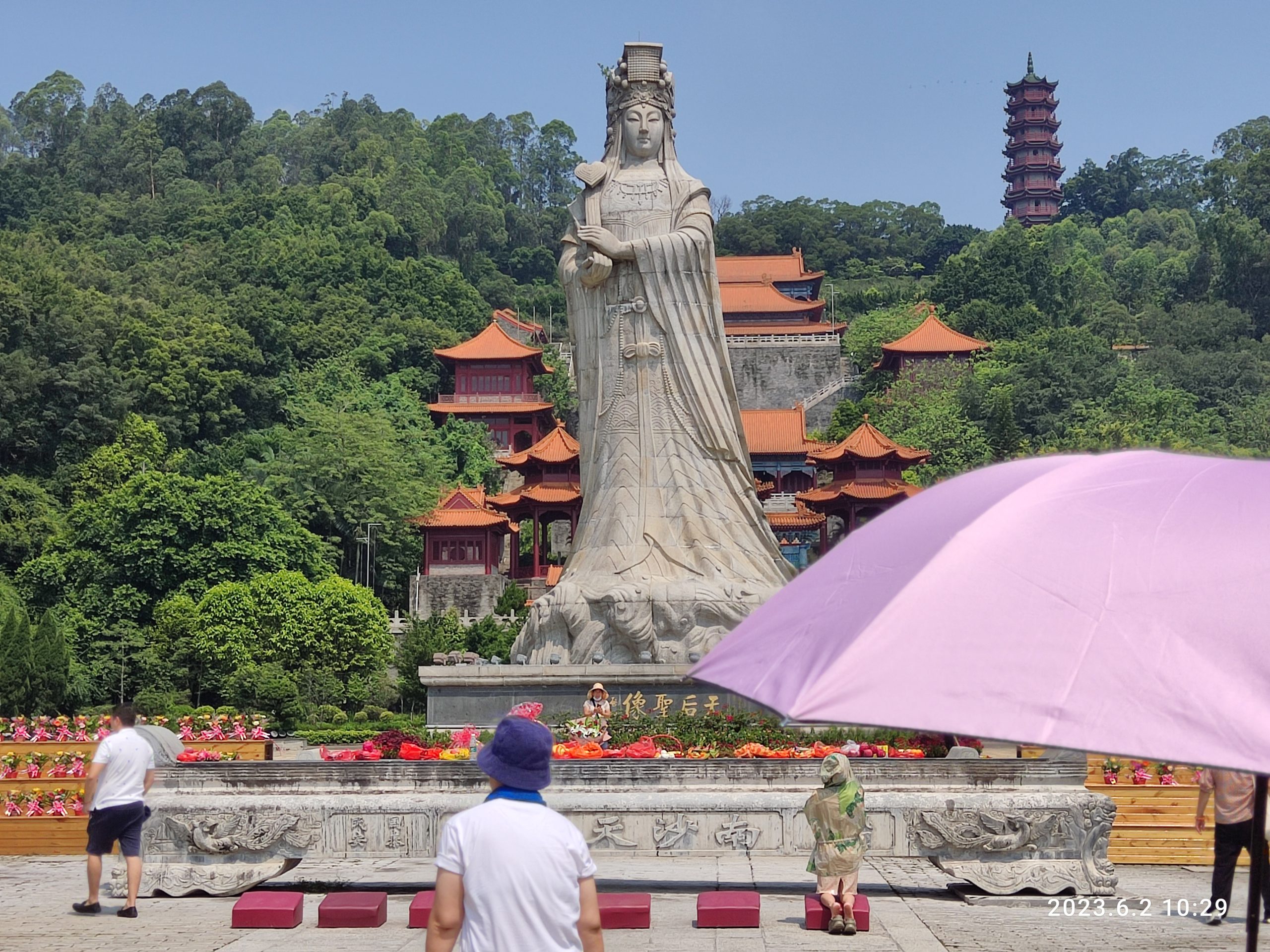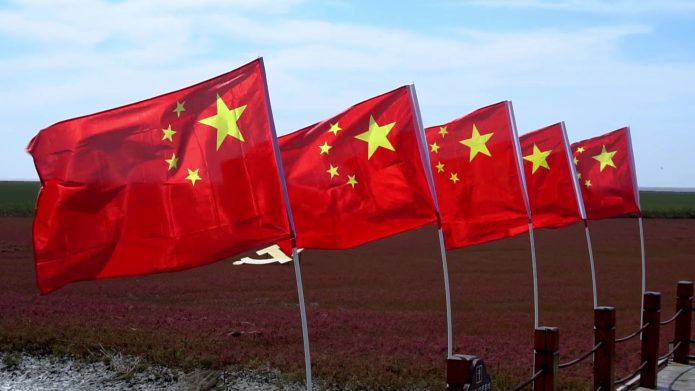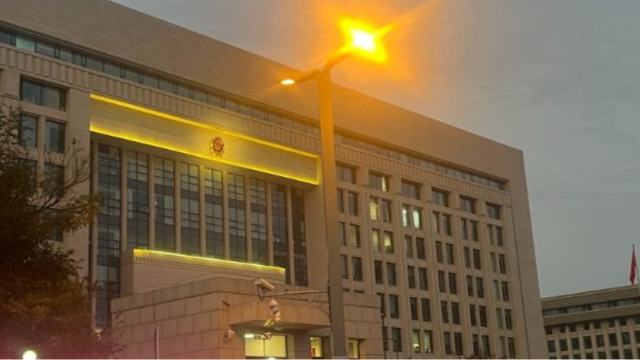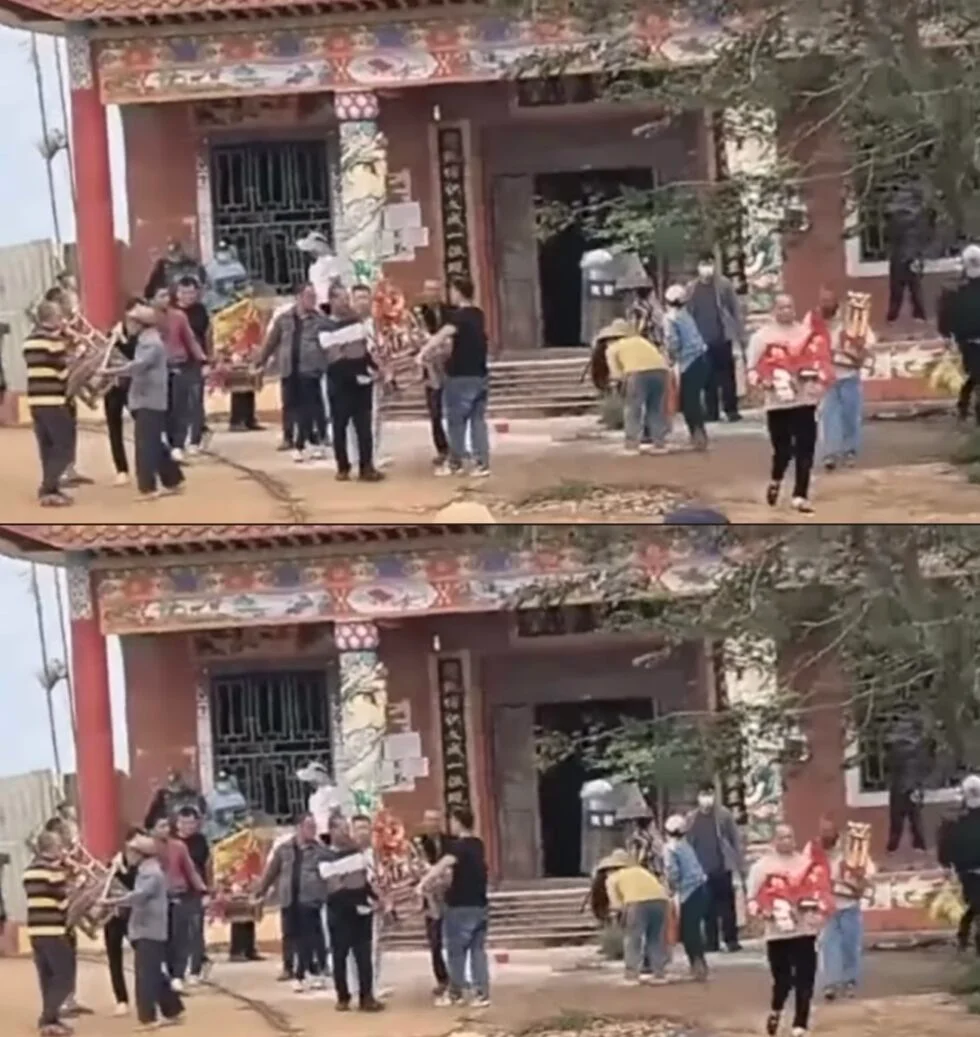On President Xi’s orders, local governments across China turn some places of worship into propaganda centers to pay tribute to China’s communist history.
by Ye Ling
The Taoyuan Cave Temple in Luokeng village of Xiamao town’s Sha county, administered by Sanming city in the southeastern province of Fujian, was built in 1375, the eighth year of reign by Emperor Hongwu, the founding emperor of the Ming dynasty (1368-1644). During over 600 years of existence, the temple was used as a primary school in the 16th century, renovated in the 1820s, and served as a worship place again. As the Chinese Soviet Republic took over Sha county in January 1934, Red Army soldiers set a base in the temple, turning it into the Soviet government site. The Taoyuan Cave Temple was included in the list of provincial cultural relics in 2018 and now became a “red revolutionary base.”
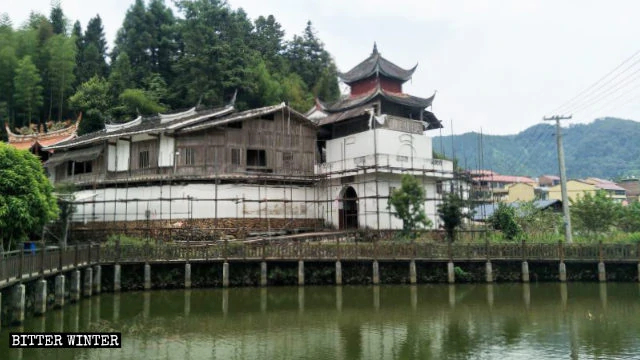
On May 15, the Xiamao town government issued a call for bids for the renovation of the “site of the former Soviet government” in the Taoyuan Cave Temple, stating that provincial authorities have allocated the “construction funds.” According to a local source, to recover the temple’s appearance when the Red Army used it in 1934, over two million RMB (about $ 280,000) was allotted.
“The state now allocates large amounts of funds to recover and renovate these ‘red cultural-historical sites,’” the source explained. “They are being renovated in every province, city, and county.”
Since the 18th CCP National Congress in 2012, Xi Jinping has been promoting the recovering and rebuilding of “red revolutionary historical sites.” As quoted in a text posted last year on the National People’s Congress website, the president stressed that “revolutionary museums, memorial halls, Party history museums, martyrs’ cemeteries and the like are red gene banks of the Party and the state,” demanding “to do a good job using red resources, developing red traditions, and inheriting the red gene.”
As explained in the same text, the government recovers and promotes red cultural-historical sites because “the conflicts in ideological fields are sharp and complicated, and the world is in a great unprecedented change nowadays,” and some people “intend to deny the guiding position of Marxism in principle and deny the leadership of the Chinese Communist Party.” Therefore, “the guiding position of Marxism in ideological fields” must be strengthened.
The first phase of preparations ahead of the Taoyuan Cave Temple’s massive renovation started in early July. Its rooms are already marked as “Red Army Kitchen,” “Red Army Rest Room,” and “Red Army Meeting Room” to indicate that they are to be restored to resemble what they looked like in 1934.

Not everyone is happy about these changes. “Amid dwindling economy, Xi Jinping ignores his duties and wastes human and material resources to recover red bases and propagate and promote the red culture,” a tourist visiting the area commented.

Famous for its revolutionary past, Fujian Province has more than 2,500 red historical sites, like the “Red Army Hospital” and “Red Army Bank” in Jianning county, that are being renovated.
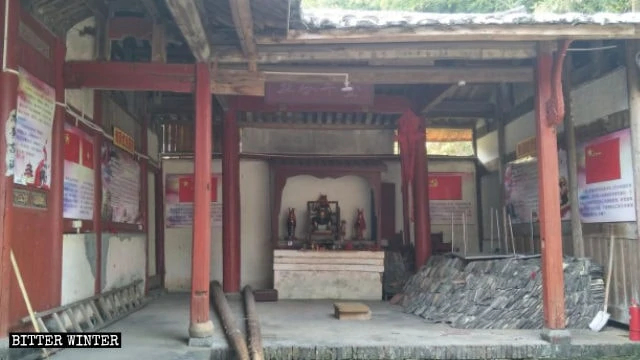
Like the Taoyuan Cave, the Longwo Temple, an ancient Buddhist temple with a history of over 1,000 years in Fujian’s Fuqing city, has also been converted into a red education base.
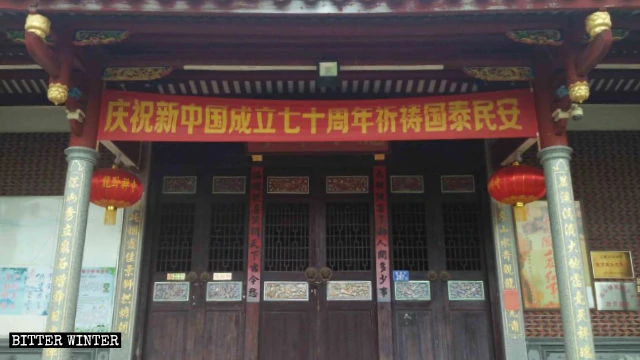
Built in the Tang dynasty (618 – 907), the temple was used by CCP guerrilla forces during the Chinese Communist Revolution in 1949 as their stronghold. Because of this incident in its long history, the temple has been declared a revolutionary site.

In October 2015, the local government attached a stone tablet at the temple entrance, which reads, “Old site of the CCP guerrilla forces of the Longwo Temple in Fuqing.” In the first half of 2019, informational boards about the temple’s revolutionary past were set up along the road leading to it, and a signboard “Patriotic Education Base” displayed at its entrance. In October, representatives from all divisions of the provincial Public Security Department held a flag-raising ceremony at the temple to pledge loyalty to the Party.
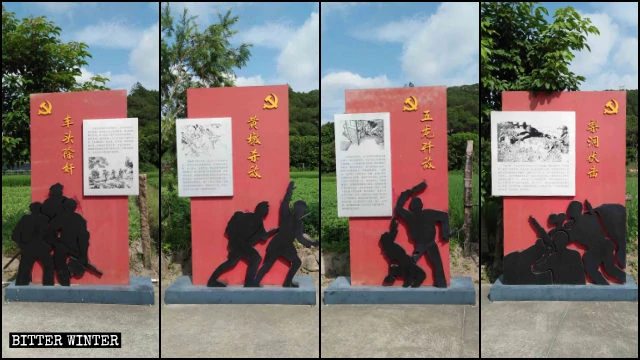
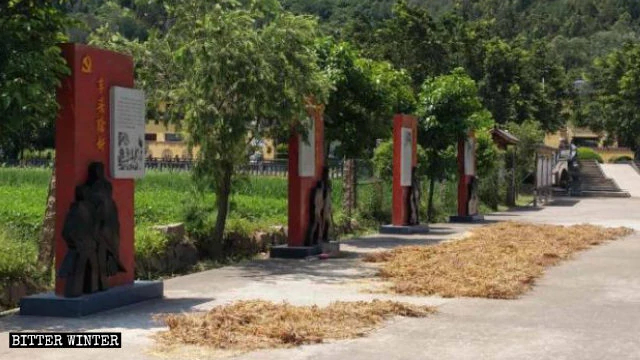
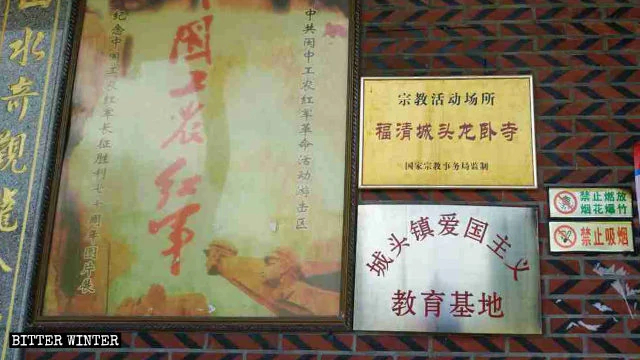
Source: Bitter Winter




